Chinese robotics innovator Unitree has pushed the boundaries of humanoid robotics technology with a striking new demonstration of its G1 and H1 robots, showcasing unprecedented levels of agility and natural movement. The latest video release positions Unitree as a serious contender in the rapidly evolving humanoid robotics market, where it competes with industry giants like Boston Dynamics, Tesla, and Agility Robotics.
The demonstration primarily focused on the G1, Unitree’s more compact and cost-effective humanoid robot. Featured footage revealed the robot executing complex maneuvers including running sequences and successfully traversing uneven terrain with remarkably human-like walking patterns. While these demonstrations were conducted under remote control in unmapped environments, they represent significant progress in robotic mobility and control systems.
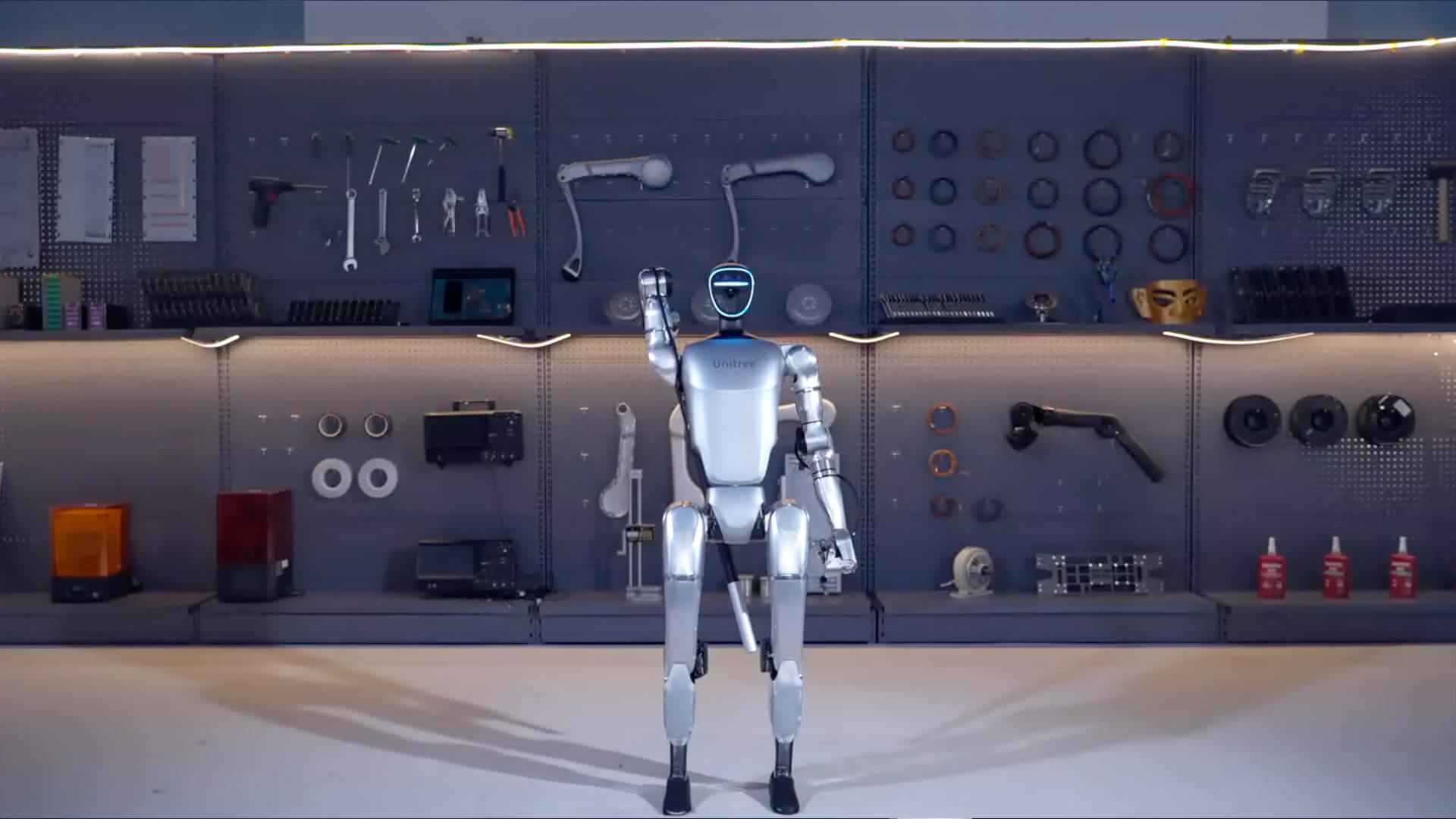
Beyond the G1’s individual performance, Unitree’s larger H1 model made an impressive appearance at a Spring Festival Gala, where multiple units performed synchronized dance routines. The choreography was developed using motion data captured from human dancers, with the company’s “whole body AI motion control” system ensuring precise coordination between units and adaptive responses to unexpected changes during the performance.
The successful demonstration of these capabilities marks a notable advancement in humanoid robotics, particularly in the areas of balance, coordination, and natural movement. The ability to maintain stability while running and navigating irregular surfaces represents a complex technical achievement, requiring sophisticated integration of sensors, actuators, and control systems.

Unitree’s choice to acknowledge that the demonstrations were remote-controlled rather than autonomous reflects a noteworthy level of transparency in an industry often criticized for obscuring the limitations of current robotics technology. This admission provides important context about the current state of humanoid robot development while still highlighting the impressive mechanical and control achievements on display.
The demonstration’s significance extends beyond mere technical accomplishment. As global competition in humanoid robotics intensifies, Unitree’s progress suggests that Chinese companies are making substantial strides in this field. This development could have far-reaching implications for the future of robotics development and deployment across various industries.

The versatility demonstrated by both the G1 and H1 models hints at potential practical applications in environments designed for human use. The ability to navigate uneven terrain and maintain balance while in motion could prove valuable in scenarios ranging from industrial inspection to emergency response situations where human-like mobility is advantageous.
The synchronized dance performance by the H1 robots also showcases the potential for precise control and coordination among multiple units, suggesting possibilities for collaborative robotic operations in various settings. The successful implementation of motion data from human performers demonstrates the potential for intuitive programming methods that could make robotic systems more accessible to non-technical users.
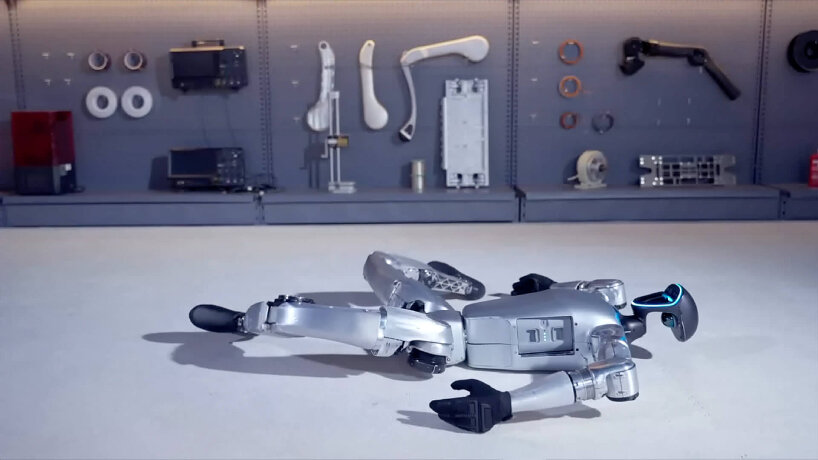
These developments come at a crucial time in the humanoid robotics industry, as companies worldwide race to develop practical and commercially viable solutions. Unitree’s focus on creating more affordable options, as demonstrated by the smaller G1 model, could help accelerate the adoption of humanoid robots across different sectors.
While the demonstration represents significant progress, it also highlights the continuing challenges in developing fully autonomous humanoid robots capable of operating in unpredictable environments. The need for remote control in unmapped spaces underscores the complexity of creating truly independent robotic systems that can match human adaptability and decision-making capabilities.
As Unitree continues to refine its humanoid robotics technology, the implications for the broader industry and society at large remain substantial. These advances in robotic mobility and control systems contribute to the ongoing evolution of human-robot interaction and the potential applications of humanoid robots in everyday scenarios.







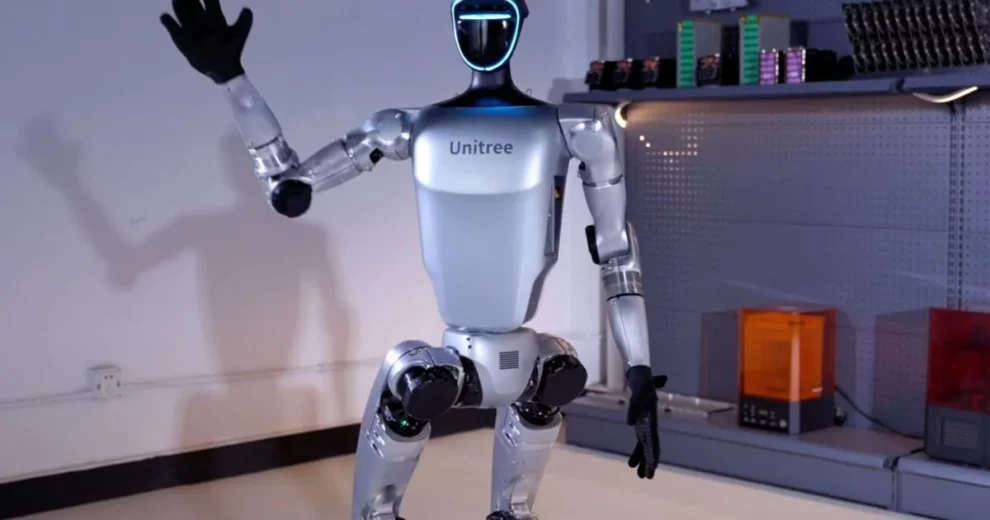
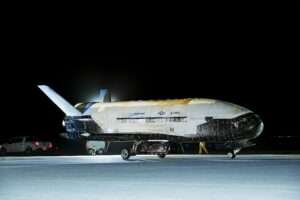

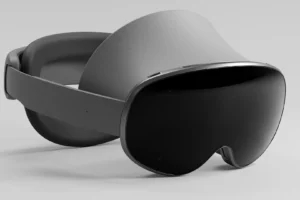





Add Comment